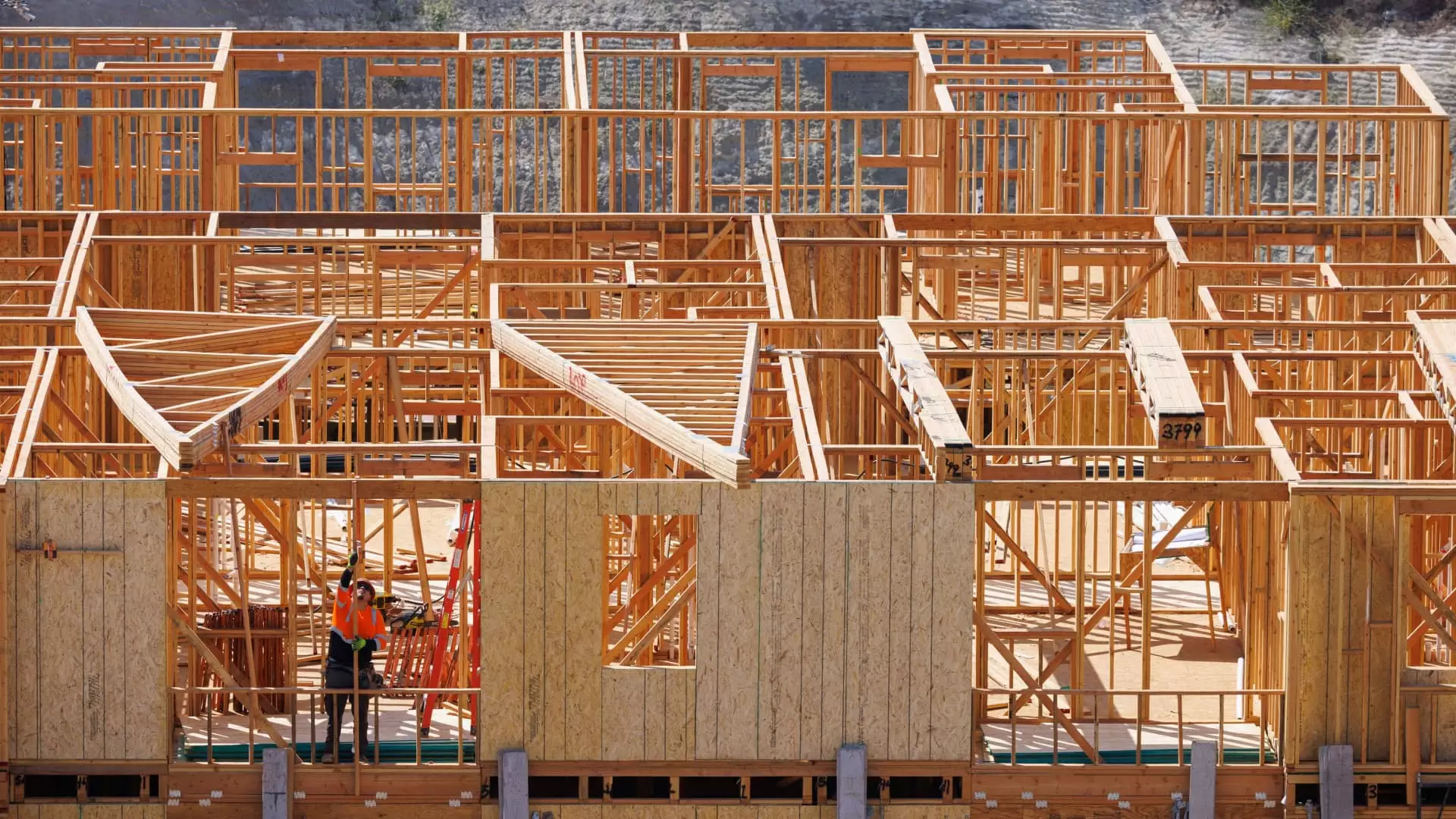The housing market in the United States is facing numerous challenges that are likely to impede any significant recovery in the coming years. Bank of America economists have painted a rather bleak picture of the sector, citing various factors that are contributing to the current stagnation. Despite a surge in housing activity during the pandemic, sales have since declined, and the market has stabilized without showing any signs of improvement.
One of the major issues plaguing the housing market is the lack of affordability for potential buyers. The rush of buyers into the market in 2020 and 2021, coupled with a spike in sales, has led to a situation where many younger buyers are unable to enter the market due to high prices and high interest rates. The “lock-in effect” has also played a role in hampering sales, as homeowners are reluctant to sell their homes at a loss and pay higher rates for a new mortgage.
The pandemic-related factors that fueled the initial surge in housing activity have now become a hindrance to any potential recovery. The inflation burst that led to higher interest rates has deterred many buyers from entering the market, as they cannot afford the increased costs of homeownership. Additionally, the Federal Reserve’s reluctance to implement significant policy easing has further dampened hopes for a quick turnaround in the housing market.
Bank of America economists predict that the housing market is likely to remain stagnant for the foreseeable future, with little relief in sight. It could take several years for the “lock-in effect” to dissipate and for sales to rebound. The firm expects prices to see some moderation in the coming years, but a significant decrease is not expected until at least 2024. The housing affordability index has also taken a hit, reaching its lowest level in years, signaling a grim outlook for potential buyers.
Despite the challenges facing the housing market, there is a glimmer of hope for a potential recovery. Bank of America believes that the combination of low sales levels and an improving lending climate could help stimulate the market. Millennials, in particular, are expected to drive structural housing demand in the coming years. However, affordability will remain a key issue, and any recovery will be contingent on a deceleration in economic growth and cooling labor markets.
The US housing market is facing substantial challenges that are likely to impede any significant recovery in the near future. Affordability, stagnant sales, and the impact of pandemic forces are all contributing to the current state of the market. While there is some potential for improvement, it is clear that the road to recovery will be long and arduous.

